As we step into 2025, fruit farming is undergoing a significant transformation driven by technology, climate change, shifting consumer preferences, and global trade dynamics. From AI-powered orchards to rising demand for exotic and organic fruits, the landscape of fruit production and marketing is evolving rapidly.
This article explores the top fruit farming trends to watch in 2025, offering insights for growers, investors, agri-entrepreneurs, and policy makers seeking to stay ahead in this ever-changing sector.
1. Climate-Resilient and Adaptive Farming Practices

Climate change remains a top challenge for fruit farmers globally, and in 2025, more producers are adopting climate-smart agricultural practices.
Key Developments:
- Introduction of heat- and drought-tolerant fruit varieties (e.g., mangoes, grapes, citrus).
- Expansion of high-altitude orchards to compensate for rising temperatures.
- Use of shading nets, drip irrigation, and mulching to reduce heat and water stress.
- Adoption of agroforestry and regenerative farming to boost soil health and microclimate resilience.
Why It Matters: These strategies are not only helping stabilize yields but also ensuring long-term sustainability in regions facing erratic rainfall and rising temperatures.
2. Surge in Exotic and Superfruit Cultivation
Consumer demand for nutrient-dense and exotic fruits is soaring in global markets. Farmers are responding by shifting to high-value crops that offer premium returns per acre.
Hot Superfruits for 2025:
- Avocados – Demand continues to rise in Europe and Asia.
- Dragon fruit – Rapid expansion in Vietnam, India, and Latin America.
- Blueberries – Grown in Peru, India, and southern Africa due to year-round demand.
- Pomegranates, kiwi, passion fruit, and golden berries – Seen as functional fruits with medicinal value.
Driving Forces:
- Wellness trends, especially in post-COVID societies.
- Vegan and plant-based diets promoting fruit-based nutrition.
- Export incentives for non-traditional crops.
3. Smart Farming with AI, Drones, and IoT
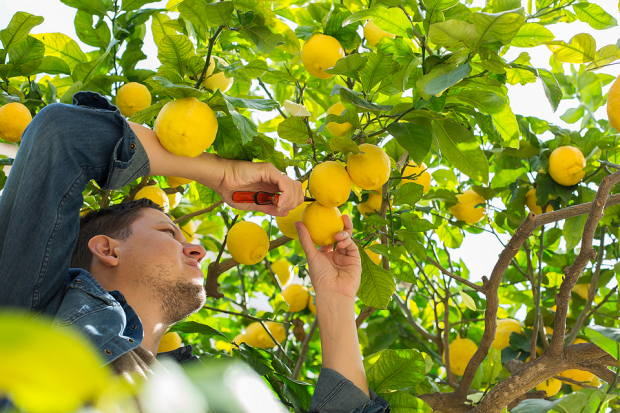
Technology is redefining fruit farming. In 2025, precision agriculture tools are becoming mainstream, even in mid-scale orchards.
Key Tools and Applications:
- Drones for monitoring crop health, pollination, and precision spraying.
- IoT-based soil sensors to track moisture, pH, and nutrient levels in real time.
- AI-powered forecasting tools to predict pest attacks, weather events, and harvest timing.
- Robotic fruit pickers being tested for labor-intensive crops like strawberries and apples.
Example:
In the U.S. and Australia, farms growing apples, peaches, and berries are using AI and imaging tools to detect ripeness and automate sorting/grading.
4. Expansion of Organic and Zero-Residue Fruit Farming
With increasing awareness about health and environment, the demand for organic and chemical-free fruits is rising steadily.
Trends to Watch:
- Certification-based farming: More farmers are seeking USDA Organic, EU Organic, or India Organic certification.
- Rise of zero-residue farming using microbial solutions, neem-based sprays, and natural composts.
- Increased investment in biofertilizers and biopesticides.
Growth Markets:
- Premium consumers in the US, EU, and Japan.
- Urban and Tier-1 markets in India, UAE, and China.
Challenge: Organic farming requires transition time, labor, and market linkage support. But the premium price and export potential are making it worthwhile for many.
5. Vertical and Urban Fruit Farming
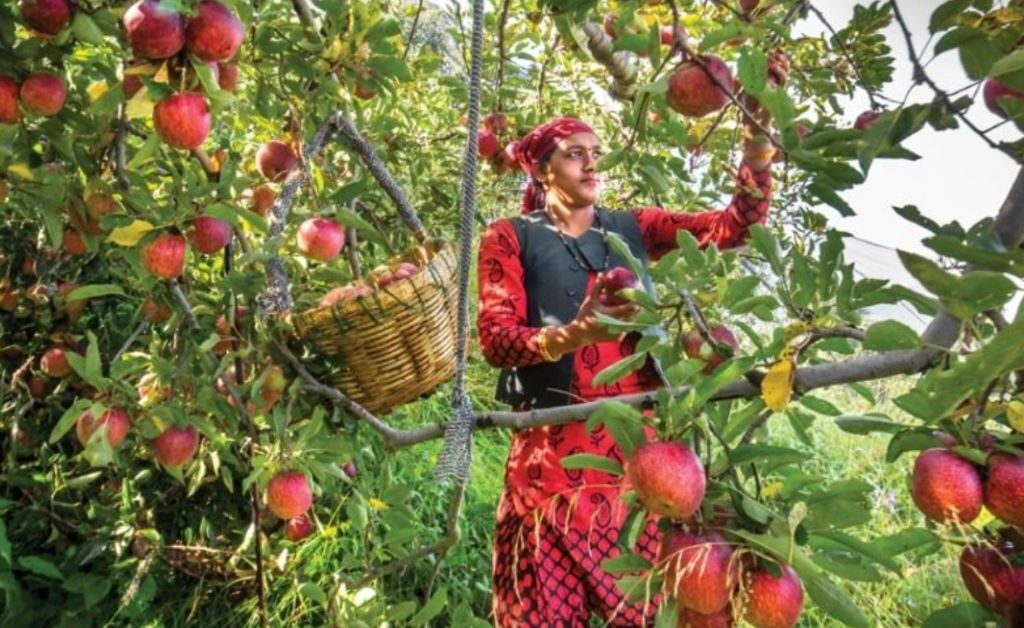
In 2025, space-saving fruit production techniques are gaining attention in cities and peri-urban regions.
Popular Approaches:
- Vertical farming of strawberries and blueberries in controlled environments.
- Rooftop orchards in urban buildings.
- Hydroponic and aeroponic fruit systems with automated nutrient delivery.
Key Benefits:
- Year-round production with minimal land.
- Controlled climate reduces disease and pesticide use.
- Short supply chains for fresh produce delivery.
Example: In Singapore and Dubai, vertical strawberry farms are producing premium berries using LED lighting and nutrient automation.
6. Focus on Water-Saving Techniques
Water scarcity is pushing fruit farmers to adopt efficient water management practices.
Key Innovations:
- Drip and sprinkler systems replacing flood irrigation.
- Moisture sensors and mobile-controlled pumps.
- Use of hydrogels and super absorbent polymers in sandy soils.
- Rainwater harvesting and micro-irrigation in drought-prone areas.
Why It Matters: Water-efficient farming is becoming essential for growing water-hungry fruits like bananas, grapes, and citrus in regions like Maharashtra, California, and South Africa.
7. Farmer Producer Organizations (FPOs) and Cooperative Models
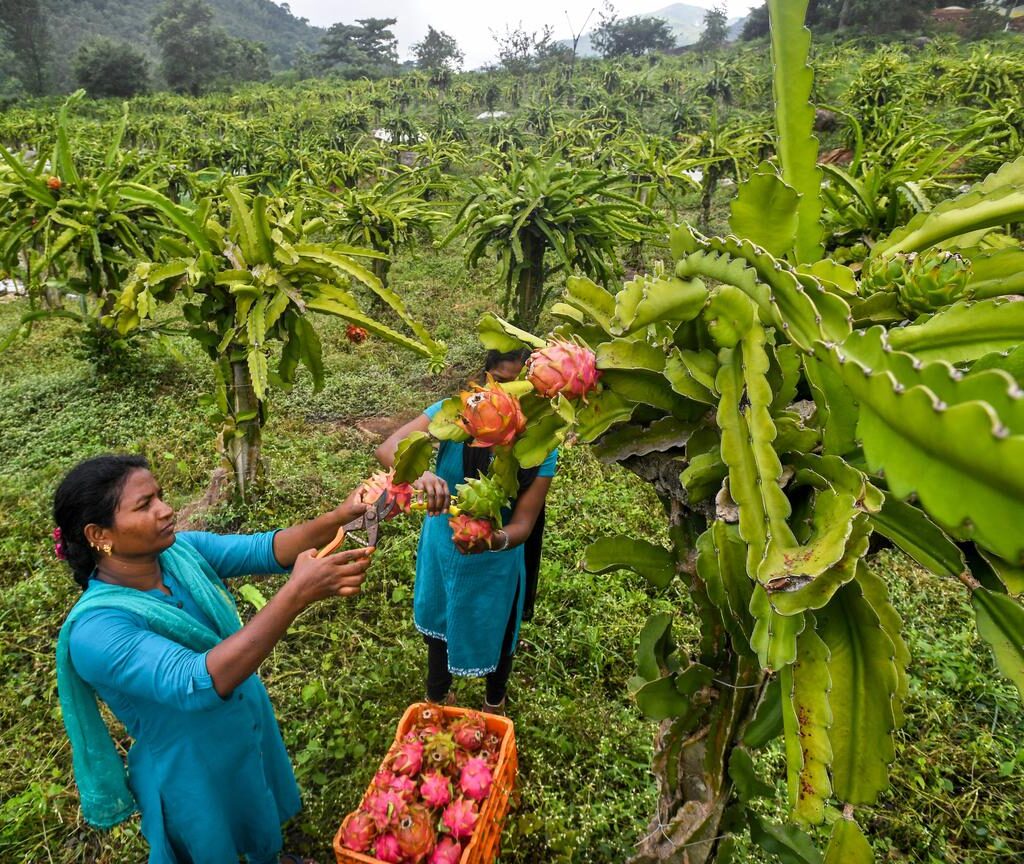
Small and marginal fruit farmers are increasingly joining forces through cooperatives and FPOs to access better markets, technology, and bargaining power.
Benefits of FPOs:
- Shared cold storage and processing units.
- Better access to input subsidies and government schemes.
- Easier export linkages and branding.
- Collective bargaining with buyers, especially in wholesale markets.
Example: Mango growers in Karnataka (India) and orange farmers in Egypt are forming cooperatives to export directly, bypassing middlemen.
8. Expansion of Cold Chain and Post-Harvest Infrastructure
Reducing post-harvest loss is critical in fruit farming. In 2025, cold chain development is a top priority, especially for exporters.
Key Focus Areas:
- Building pre-cooling and pack-houses near farms.
- Adoption of solar-powered cold storage in rural areas.
- Improved supply chain traceability using QR codes and blockchain.
- Investment in refrigerated transport for longer shelf life.
Impact: Countries like Peru, India, and Kenya are witnessing reduced losses and higher export earnings due to improved post-harvest care.
9. Traceability, Branding, and GI-Tagged Fruits
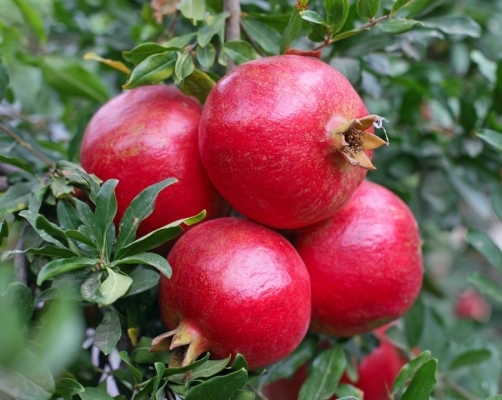
Consumers in 2025 want transparency—they want to know where their fruit came from, how it was grown, and who grew it.
Key Innovations:
- Blockchain-based traceability of premium fruit exports.
- QR codes on fruit packaging linking to origin stories.
- Expansion of Geographical Indication (GI) tags for unique varieties.
Examples:
- India’s Alphonso mango, Nagpur orange, and Nanjanagud banana.
- Thailand’s Nam Dok Mai mango and Vietnam’s Bac Giang lychee.
These GI-tagged fruits command premium prices and loyal export buyers due to their authenticity and story-driven appeal.
10. Export-Oriented Fruit Farming Zones
Governments are establishing Export Promotion Zones (EPZs) or Agri Export Clusters for targeted fruit crops.
Features:
- Clusters of farms growing a single fruit for export.
- Shared access to pack-houses, cold stores, and air cargo hubs.
- Export certification support and reduced logistics costs.
Notable Examples:
- Banana clusters in Ecuador and India.
- Citrus export zones in South Africa and Egypt.
- Avocado clusters in Kenya and Colombia.
These zones are helping scale volume and quality to meet global demand.
Conclusion
The fruit farming industry is on the cusp of a transformation in 2025. With climate-smart strategies, cutting-edge technology, shifting consumer demands, and support for exports, fruit growers who adapt early stand to reap major rewards.
Whether you’re a traditional orchard owner or a first-generation agri-entrepreneur, keeping pace with these trends will be critical. Investing in innovation, sustainability, and market linkages is the key to thriving in this dynamic new era of fruit farming.

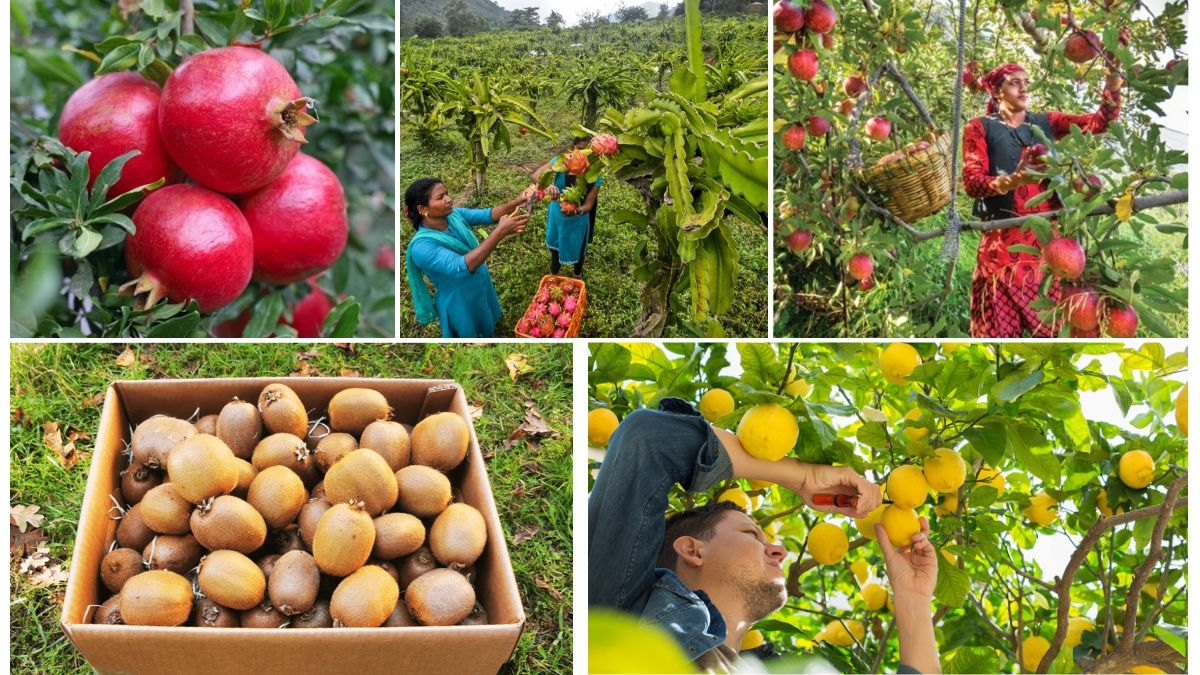
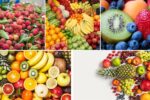
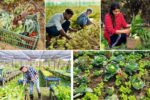
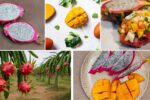


Leave A Comment